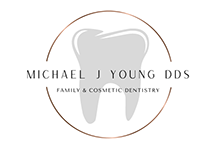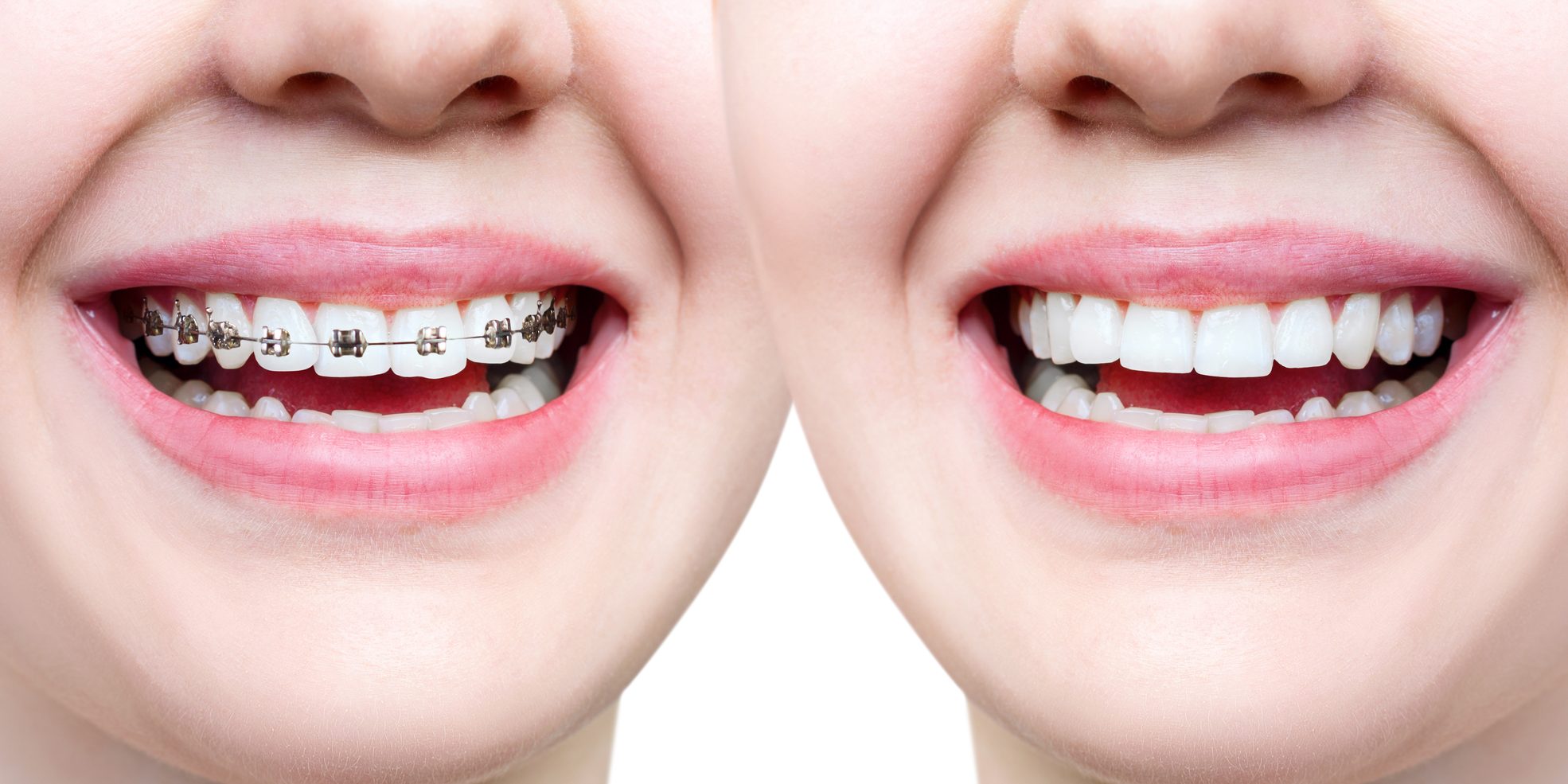Do you cover your mouth with your hand while laughing, or hide your teeth when you smile? Even though it’s possible to have naturally straight teeth, orthodontic treatment is a rite of passage for 4 million Americans—and 1 in 4 of these individuals are adults. If you’re considering straightening your smile, Dr. Michael J Young can help you decide between traditional dental braces or the Invisalign system. So, schedule an appointment with our trusted Lafayette, LA, dentist today and continue reading to discover the most significant differences between metal dental braces and clear aligner therapy.
Mechanics and Aesthetics
Traditional dental braces and Invisalign apply gentle force to the teeth, loosening the tooth root and enabling movement. Dental braces use apparent metal brackets and wire to accomplish this goal. Conversely, Invisalign corrects misaligned bites and crooked, gapped, and overcrowded teeth with clear trays instead of metal. Therefore, you don’t have to worry about the dreaded “brace face” with transparent aligners made of biocompatible plastic. As a matter of fact, it will be difficult for others to tell that you’re even wearing Invisalign clear aligners.
Comfort
With all orthodontic treatment, you might notice some discomfort caused by movement. Usually, patients can manage mild to moderate orthodontic pain with NSAIDs (such as Advil). Among traditional dental braces wearers, a common complaint is a broken archwire. This poses various risks which might feel uncomfortable, including cuts, sores, and infections along the tissues of your cheeks and lips.
Treatment Time
Although treatment times vary depending on the patient’s needs, Invisalign treatment time is comparable to traditional dental braces. As a rule of the thumb, the more complicated your misalignment is, the longer your orthodontic treatment will be.
Cost
According to the manufacturer’s website, the cost of Invisalign treatment is similar to traditional dental braces. Similar to treatment time, the price tends to be a reflection of how complicated your misalignment is. Generally, more complicated cases require more trays, attachments, and other supporting materials. More materials explain the price increase.
Are you anticipating insurance coverage for orthodontic treatment? The good news is that dental insurances cover both types of orthodontic treatments, so the choice is yours.
Oral Health
Keeping your teeth and gums clean is one of the most beneficial ways to prevent tooth decay and gum disease. Unfortunately, a common concern with metal dental braces is that they pose a challenge for brushing and flossing. Simply, it takes specialty brushes and a bit of finesse to clean underneath wires and between brackets.
On the other hand, clear aligners are as easy to take out as they are to put in. The removability factor makes brushing and flossing a straightforward process, eradicating bacteria and improving gum conditions.
In a 2015 study published in the European Journal of Dentistry, researchers suggest that patients with removable aligners (such as Invisalign) have better periodontal health status than patients with fixed orthodontic appliances (like traditional dental braces). In this same study, researchers uncovered those patients with fixed orthodontic devices have higher concentrations of bacteria.
Want to straighten your smile? Invisalign is the clear choice.
While it’s possible to achieve noticeable results with both orthodontic treatments, Invisalign has multiple advantages that rival the competition. Find out more about this revolutionary orthodontic treatment. Call our Lafayette, LA office at 337-237-6453 or message us online to schedule an Invisalign consultation with Dr. Young.







